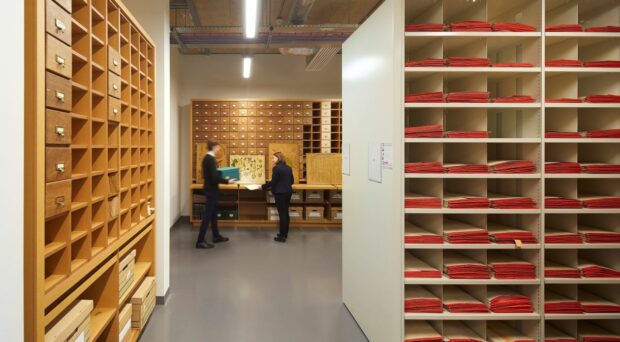What does it feel like for visitors to be able to play games inside museums? And how can museums benefit from turning their visitors into players? Games researcher Sofia Romualdo reports on the gameplay experience of location-based game Cambridge Codebreakers: The Last Secret.
Cambridge Codebreakers: The Last Secret is a location-based game created by Fire Hazard Games with the University of Cambridge Museums, in which players solve puzzles in different museums across the city, immersed in a story about a secret that may change the world forever. Now on the cusp of its second run, this live game draws inspiration from videogames, urban games, immersive theatre, and performance art, resulting in an experience that blends the real world with digital games.
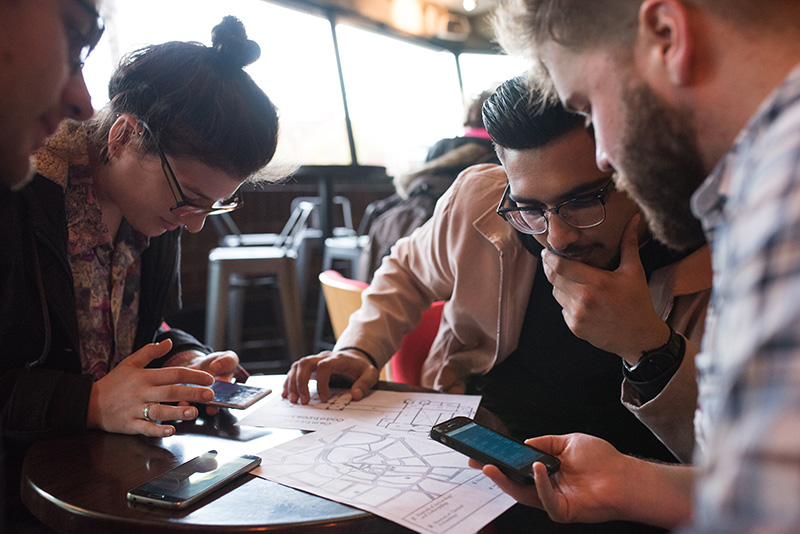
The game is an example of how museums can collaborate with game creators to incorporate the architecture, exhibits, objects and narratives of cultural institutions into experiences that are both entertaining and informative. For players, Codebreakers represents a playful and exciting way of learning about the objects exhibited, through the addition of a digital game layer to the museums’ physical space.
Codebreakers engages players with the museums and their collections, immersing them in a story inspired by the Codebreakers and Groundbreakers exhibition at the Fitzwilliam Museum and Museum of Classical Archaeology (MOCA), which celebrated the wartime codebreaking work carried out in Bletchley Park, as well as tracing the history of codebreaking and cryptography from its origins to the present and possible futures. The game sends players in a puzzle-solving expedition around four University of Cambridge museums (the Fitzwilliam, MOCA, Sedgwick Museum of Earth Sciences and Museum of Archaeology and Anthropology), which become a game board where they must compete against other teams, earning points by completing challenges based on objects from the different collections.
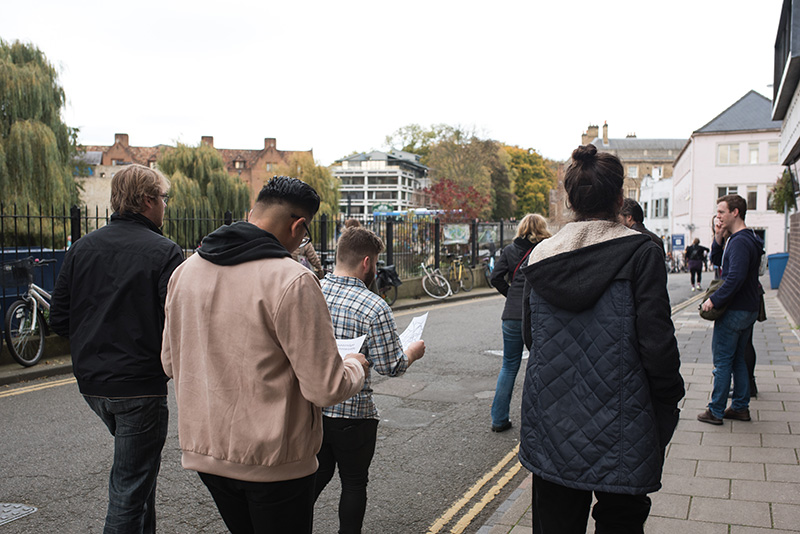
During the game, players interact with performers, become immersed in the story, and solve puzzles based on the concept of finding hidden codes in the world. They are encouraged to visit spaces they may otherwise not have visited, to discover details in the architecture and objects they may have missed, and to think of themselves as part of a bigger narrative that is embedded into the museums. Collaborating to solve puzzles under a time limit creates a sense of urgency, which results in a challenging but fun experience for players. Post-game feedback from players highlights their enjoyment of the experience, as well as their willingness to play similar games. Several players say they wished the experience lasted longer, so they’d have more time to study the objects. Rather than being a limitation, this is a successful way of encouraging players to keep moving during the game, and to come back to visit the museums afterwards.
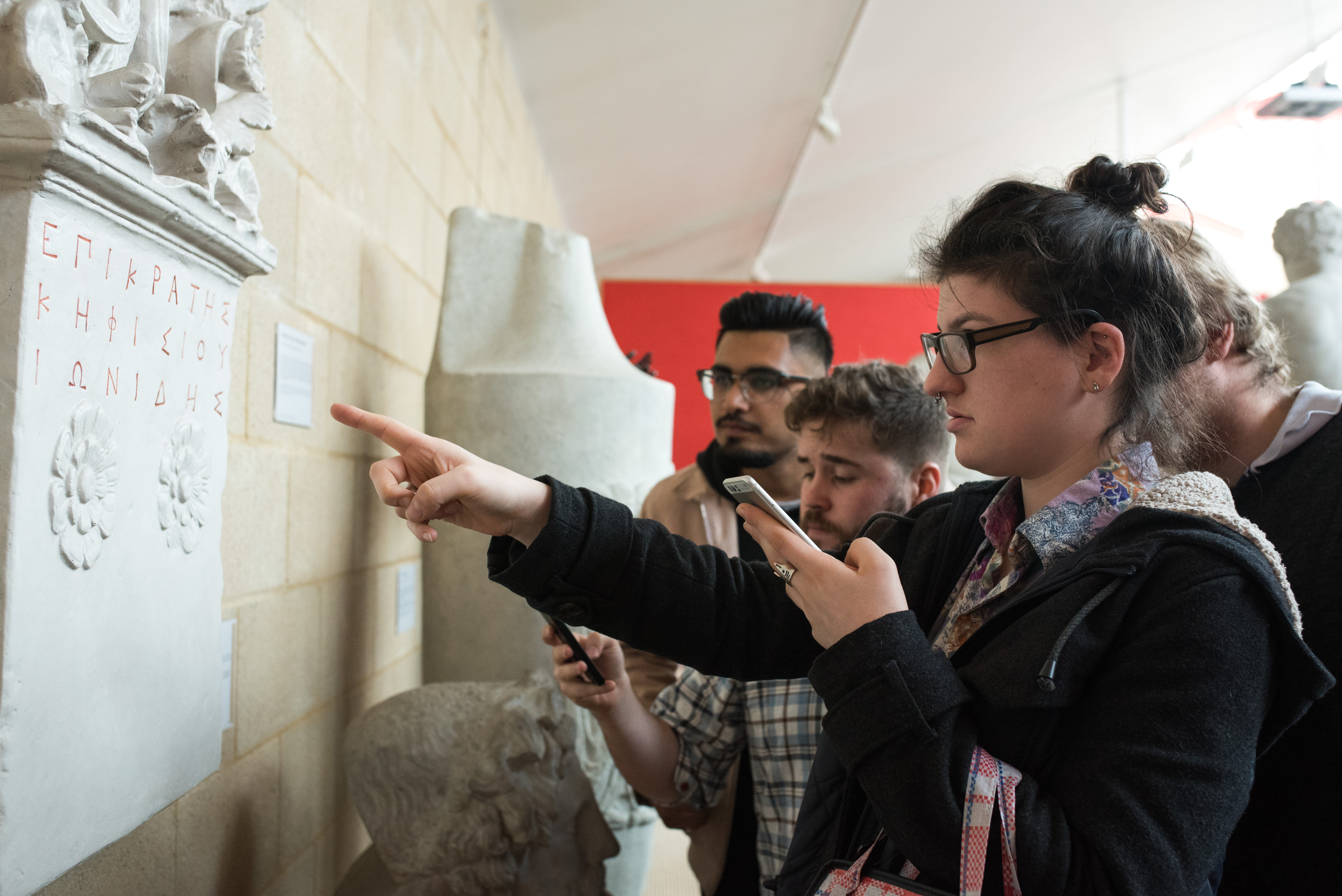
Games are at their most motivating when they give players tasks that are challenging but still within their abilities, and the different puzzles in Codebreakers follow this design strategy in that they were built to accommodate different skill sets and difficulty levels. For players, understanding the game system, developing skills and abilities, competing against and cooperating with other players, solving challenging puzzles, and reaching the end goal of the game are intrinsically rewarding activities, an important factor in making any experience motivating and engaging. Together, these elements make the visit to the museum more purposeful, active, and immersive.
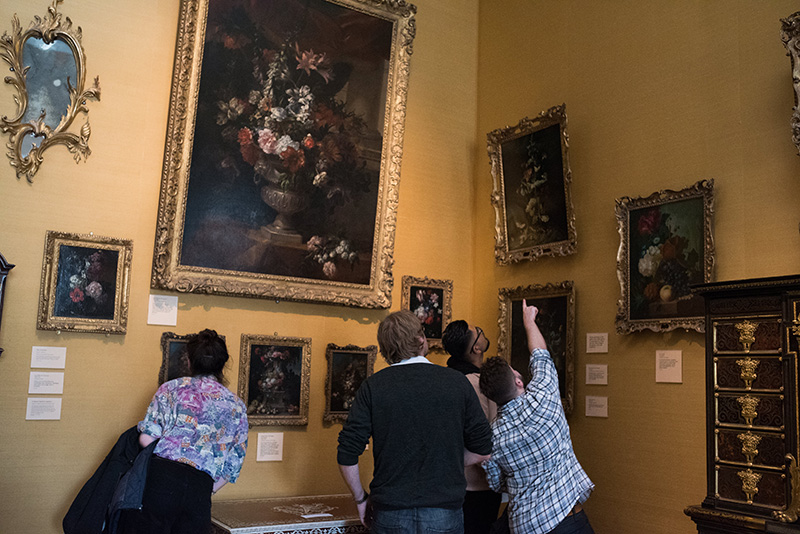
Engagement, interpretation and participation have become key concepts in museums as they meet the demands of twenty-first century audiences. In a cultural context where museums face considerable competition for people’s free time, the increased motivation afforded by games is useful in creating new audiences, by attracting people who like games, but don’t necessarily visit museums, and those who, while they may be regular visitors, are looking for different ways to engage with the permanent exhibits. Live, location-based games are particularly advantageous for museums, as they place greater emphasis on their physical spaces, and the collection objects exhibited therein, which are at the centre of their identities and missions. Codebreakers is location-based not simply in the way the experience implicates an exploration of physical space in its gameplay, but also in how it references the narratives, memories and objects of the museums where it is played.
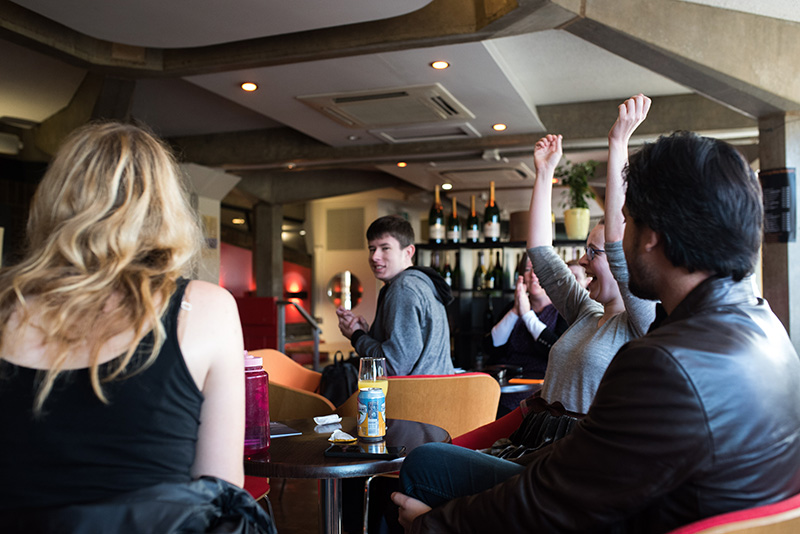
In conclusion, games such as Codebreakers represent a new and enhanced way for museums to offer visitors experiences at the intersection of entertainment and learning, in a format that is accessible, versatile, motivational and engaging for everyone involved.
Sofia Romualdo is a PhD researcher at the University of Exeter, investigating the use of videogames and gameful design as interpretation and engagement tools in museums. As part of her research, she currently doing a residency with Fire Hazard Games.
Cambridge Codebreakers: the Last Secret is back for a new run in May and June 2018! Find out more and book your tickets.







